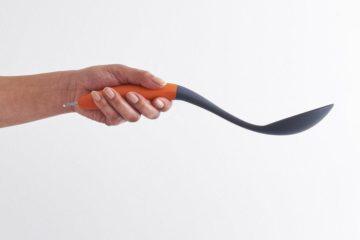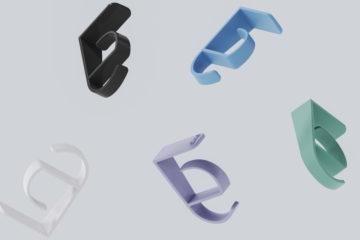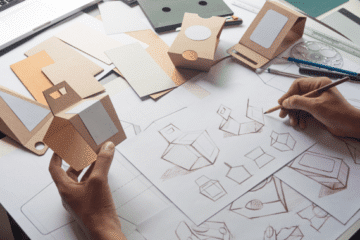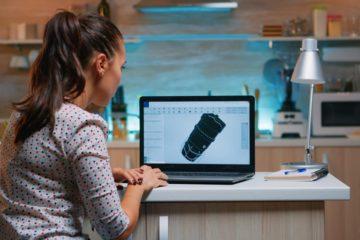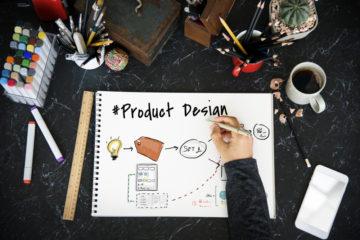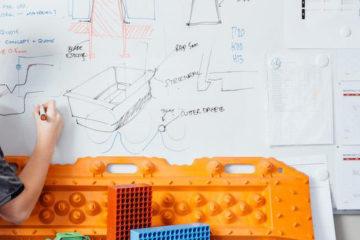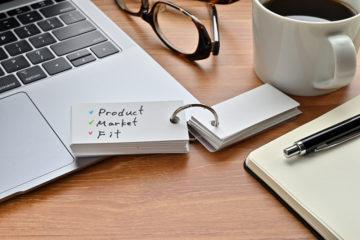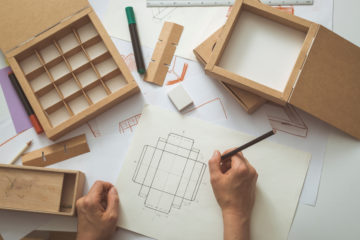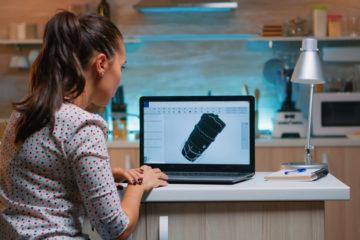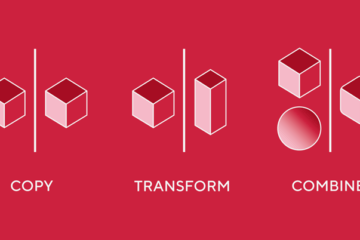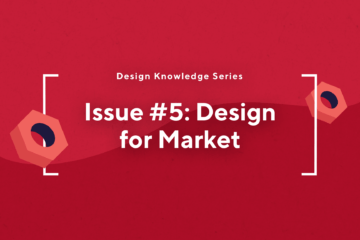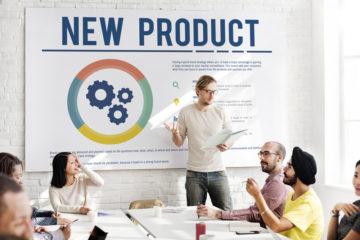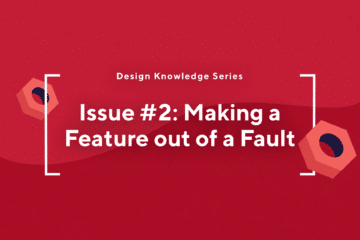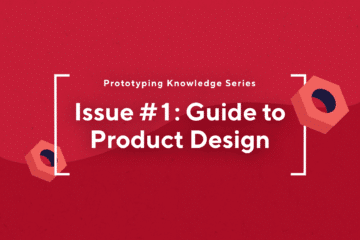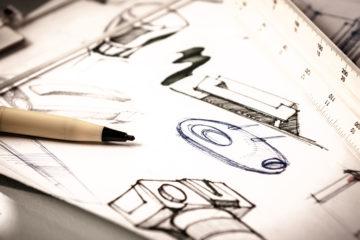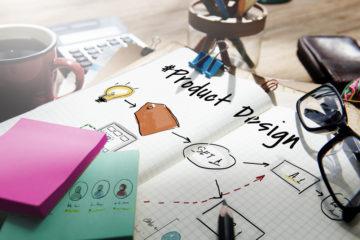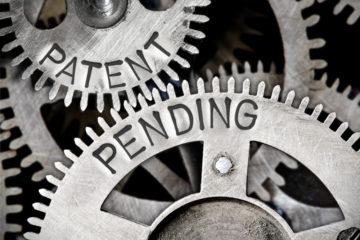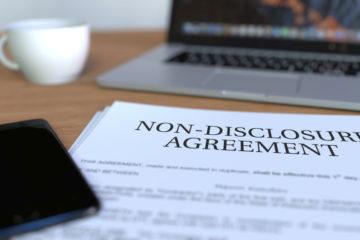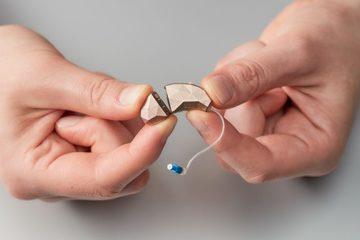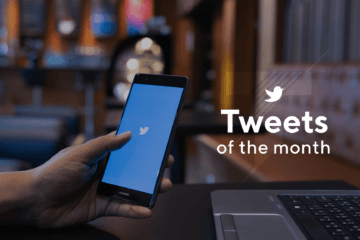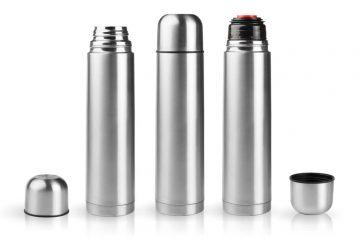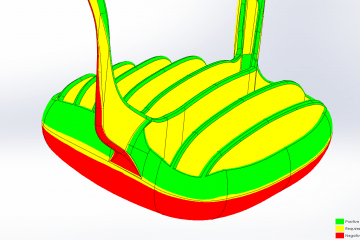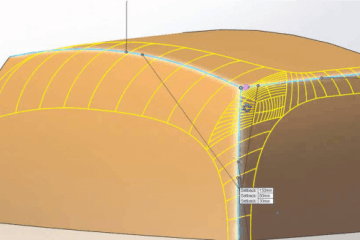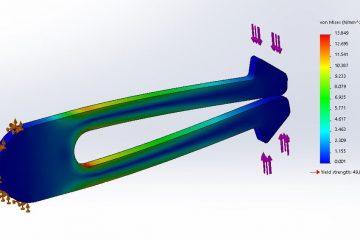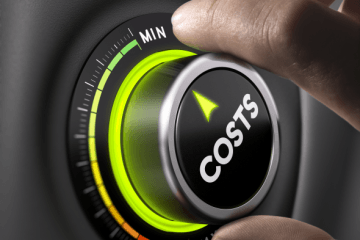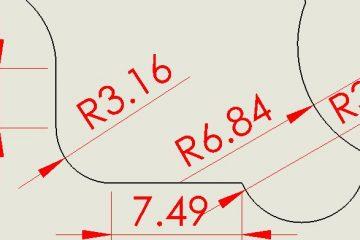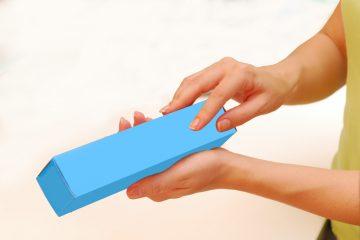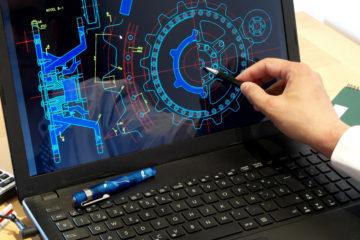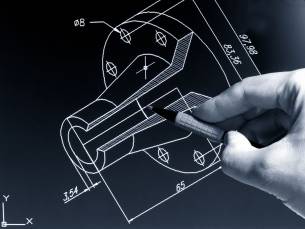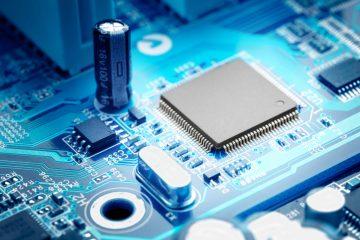
Have you ever thought about designing a product? Want to know what’s involved in product design in Brisbane? If so, this blog is for you!
In this article, we will explore everything you need to know about product design in Brisbane, from its definition to the key principles and steps involved in the product development process. So let’s dive in!
What is Product Design?
Product design is the process of creating a new product or improving an existing one through the use of design, engineering, and manufacturing techniques. The goal of product design is to create products that are not only functional but also aesthetically pleasing and user-friendly. In order to achieve this goal, product designers work closely with engineers, marketers, and other stakeholders to understand the needs and desires of the target audience.
Why is Product Design Important?
Product design plays a crucial role in the success of a product. Here are a few reasons why product design is important:
- Attracts customers: A well-designed product attracts customers and creates a positive first impression. It can help differentiate your product from competitors and increase brand recognition.
- Enhances user experience: Product design takes into consideration the needs and preferences of the target audience, resulting in a product that is easy to use and satisfies their needs.
- Increases profitability: A well-designed product can command a higher price point, resulting in increased profitability.
- Improves manufacturability: Product design also considers the manufacturing process, resulting in a product that is easier and more cost-effective to produce.
Key Principles of Product Design
When it comes to product design, there are several key principles that should be considered to create a successful product:
- Functionality: The product must perform the function it was designed for in an effective and efficient manner.
- User Experience (UX): The product must be user-friendly and intuitive to use, providing a positive experience for the user.
- Aesthetics: The product must look visually appealing and reflect the brand image.
- Innovation: The product should be unique and offer new and improved features compared to existing products.
- Sustainability: The product should be designed with the environment in mind, using sustainable materials and manufacturing processes.
Steps in the Product Development Process
Now that we have covered the key principles of product design, let’s take a closer look at the product development process. There are several stages involved in product development, and each stage plays a critical role in the success of the final product. These stages include:
- Research: In this stage, the product designer conducts extensive research to understand the needs and desires of the target audience. This may involve conducting surveys, focus groups, or interviews with potential customers.
- Concept Development: Based on the research, the product designer creates a concept for the product, which outlines the key features and design elements.
- Prototyping: A prototype is then created, which allows the designer to test the functionality and usability of the product. This stage may involve creating multiple prototypes and testing them with potential customers.
- Testing: Once the prototype is finalised, it is tested to ensure that it meets the desired functionality and usability requirements.
- Manufacturing: Once the product has been tested and approved, it can then be manufactured in large quantities for distribution.
Tips for Successful Product Design
Creating a successful product requires careful planning and execution. Here are some tips to keep in mind during the product design process:
- Understand the target audience: Conduct extensive research to understand the needs and desires of the target audience.
- Focus on functionality: Make sure the product is functional and performs its intended purpose effectively and efficiently.
- Keep it simple: Don’t overcomplicate the design. Keep it simple and intuitive to use.
- Use high-quality materials: Use high-quality materials to ensure the product lasts longer and provides a better user experience.
- Test, test, test: Test the product extensively throughout the development process to ensure it meets the desired requirements.
- Think about sustainability: Consider the environmental impact of the product and use sustainable materials and manufacturing processes where possible.
It is clear then, that product design is a critical aspect of the product development process. By following the key principles of product design and carefully executing the product development process, you can create a successful product that meets the needs and desires of your target audience. Keep these tips in mind during the product design process, and you’ll be well on your way to creating a product that is functional, user-friendly, and visually appealing.
Looking to get your product designed?
At Dienamics, we have over 35 years of experience in tool making, manufacturing and product design in Brisbane. We offer specialised design services to help you take your concept from an idea to a reality.
Subscribe to Our Newsletter
Get the latest news from Dienamics into your inbox





